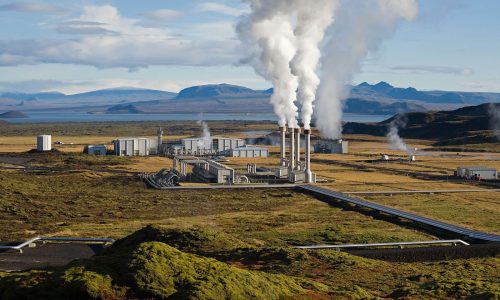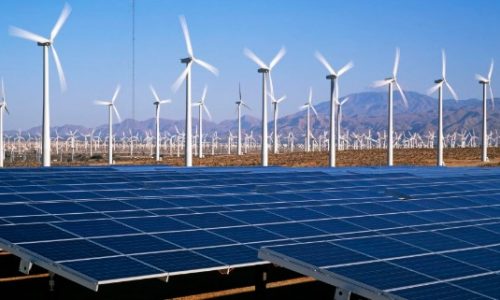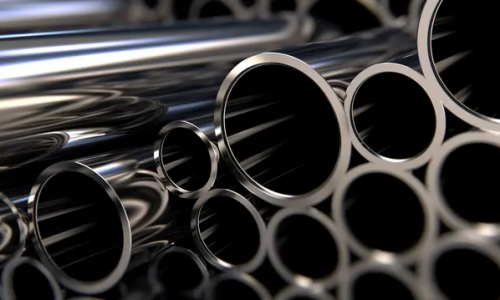A groundbreaking agreement worth US$4 billion has been established for the construction of a nuclear-powered ammonia plant in Indonesia.
Led by Danish startup Copenhagen Atomics, the project aims to leverage next-generation modular nuclear reactors to develop a low-carbon ammonia facility in Bontang city, East Kalimantan. To initiate the project, the startup also collaborated with PT Pupuk Kaltim and Pertamina New & Renewable Energy (Pertamina NRE).
They agreed to construct a million-ton capacity per year ammonia plant in Bontang. By utilizing next-generation modular nuclear reactors, the parties aim to produce low-carbon ammonia, which can be utilized as shipping fuel or fertilizer.
Thorium molten salt reactors: a game-changing technology
This initiative stands out among similar low-carbon ammonia projects due to its use of nuclear power as the energy source, setting it apart from the predominantly wind and solar-power ventures.
At the heart of this ambitious venture lies Copenhagen Atomic’s next-generation reactors known as thorium molten salt reactors. These reactors offer exceptional energy efficiency, capable of extracting 100 times more energy from each ton of mined materials compared to traditional reactors.
In contrast to conventional reactors that require 10 tons of enriched uranium, the Bontang plant will only need 850 kilograms of thorium per year to produce one million tons of ammonia annually.
The promise of cost-competitiveness
Co-founder of Copenhagen Atomics Thomas Jam Pedersen envisions the Indonesian plant’s production costs to be remarkably low, positioning as the world’s most affordable low-carbon ammonia supplier.
Pedersen believes that with this project, the price of ammonia can be driven down to US$500 per ton, a significant improvement when compared to the US$720 to US$1,400 per ton range for wind or solar-generated ammonia in 2020, as reported by the International Renewable Energy Agency.
Project’s progress and financing
This project is still in its early stages. The recently signed MoU signifies a commitment to a six-month investigation period, during which regulatory approvals will be sought for reactor construction on the designated site owned by off-taker Pupuk Kaltim.
Furthermore, the parties involved aim to secure a more precise ammonia price and start bringing the facility online by 2028.
The parties are yet to agree on how the project will be financed. However, Copenhagen Atomics anticipates a diverse pool of investors. It is expected that approximately half of the project’s funding will be contributed by Pupuk Kaltim and the Indonesian government, while the remaining half sourced from international investors.
With a price tag of US$4 billion, this project has the potential to become one of Indonesia’s top foreign direct investments in the last decade, according to fDi Markets.
Indonesia’s thorium potential
Indonesia possesses a significant opportunity to harness thorium as a new energy source. The country is estimated to have a thorium reserve of 210,000 to 270,000 tons, stored in Bangka, West Kalimantan, and West Sulawesi.
This vast potential provides a unique advantage for Indonesia to develop and utilize thorium to meet its growing energy demands while reducing carbon emissions.
Pertamina NRE is also conducting a feasibility study on green ammonia production, collaborating with two Japanese energy companies.
The company aims to explore the green ammonia production from geothermal working areas in North Sulawesi and estimates an investment requirement of US$8-US$10 billion for long-term green ammonia development until it can commence export sales to Japan in 2028-2029.









